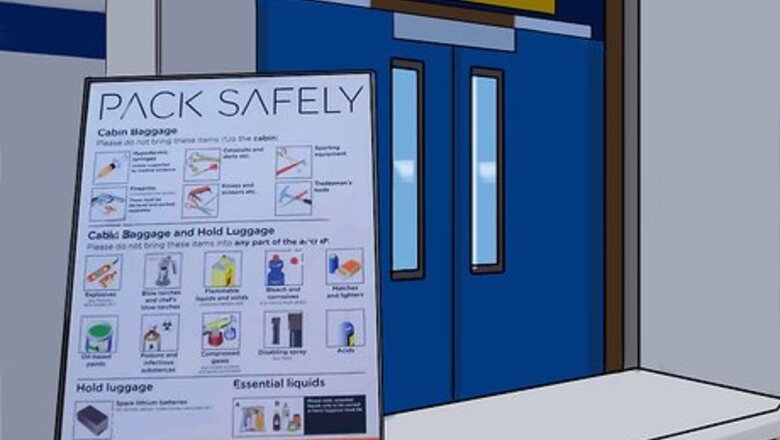
views
Packing Your Bag
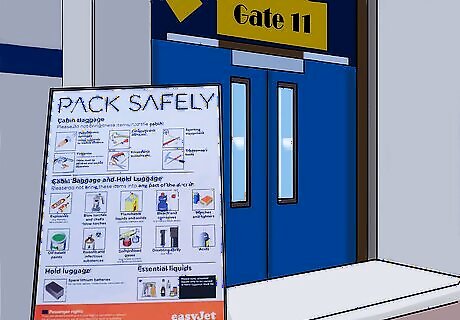
Find out what you can pack. Airlines post their restrictions online, so you should be able to check them easily. Avoid packing inappropriate or disallowed items, as that will prevent you from having to open your bag and remove them in the airport. This will weaken your other security steps, making your bag more vulnerable.
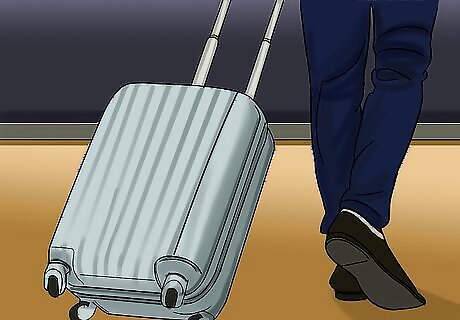
Consider buying a hard-sided suitcase. Most common suitcases are made of fabric and open and close through zippers. A resourceful thief can easily bypass your lock by cutting through the fabric or using a pen to open the zipper. A hard case with clasps will be much more difficult to break into, and many thieves are looking for easy marks.
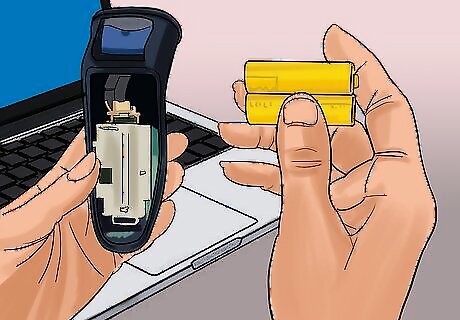
Remove batteries from any item. The last thing you want is for electronic or battery-powered items from turning on in flight or while getting checked by security. Items running can draw the attention of security, and make it more likely they search your bag, making it less secure. Remove batteries or other power devices before packing to make sure nothing goes off at an inopportune time.
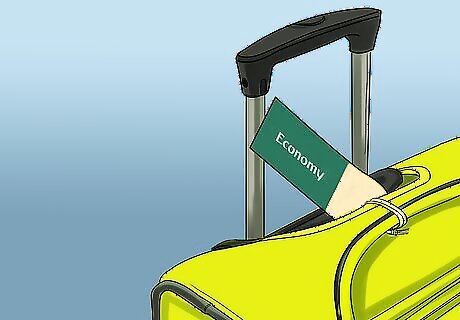
Put labels on your luggage. Make sure you, and anyone who finds your luggage, knows it belongs to you. Your label should give your name, a destination address, and contact information like an email address and cell phone number. This way, if something happens to your bag, it will be much easier for the person who finds it to let you know where it is. One other good travel tip is to remove tags or stickers from previous flights. This will help to prevent the airline from accidentally sending your bag elsewhere than your destination.
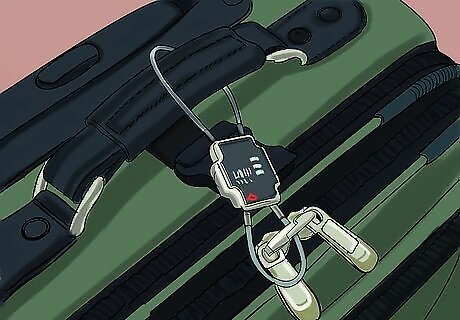
Use a lock. Close up your bag and use a lock to hold it shut. When you buy a lock for your luggage, make sure what you buy fits the case, otherwise you won’t be able to close your suitcase properly. A thick shackle is better, as it will be harder to pick or cut off. If your lock opens with a key, remember to keep that key with you at all times, probably best with the rest of your valuables. TSA-approved locks can be opened with particular keys held by TSA agents. Be warned, though, that those keys can be copied, and are not difficult to acquire online. In addition, many can be picked or broken relatively easily. You do not need to have a TSA-approved lock on your luggage, though if you don’t have one, TSA will break it if they feel they need to get into your bags. If you use multiple locks, consider mixing the type of lock you use. This will help protect against criminals who only have one way to get through a lock, and can discourage would be thieves. If your carry-on bag has a lock on it, be sure to use it when you board the plane. It can be a hassle to open again if you need something, but that way it is always locked if you should go to the bathroom or take a nap.
Walking Through the Airport
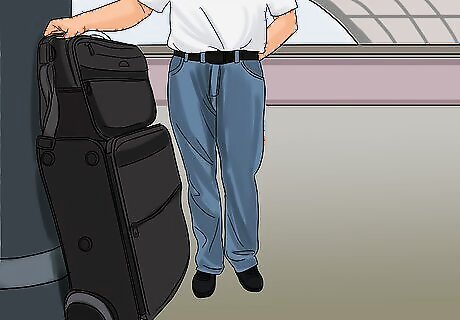
Keep your bags with you at all times. Do your best to never let your bags out of your sight. Carry it with you everywhere you go in the airport, and watch them carefully. This will lessen the chances of someone walking off with your bag, or digging around where they shouldn’t be. In the few places that you can’t hold on to your bags, like at security, do you best to keep an eye on it. Watch to make sure your bag or bin goes into the X-ray machine, and to make sure it comes back out. Once your items are through, grab them and get away from the security point. You can put on your shoes elsewhere.
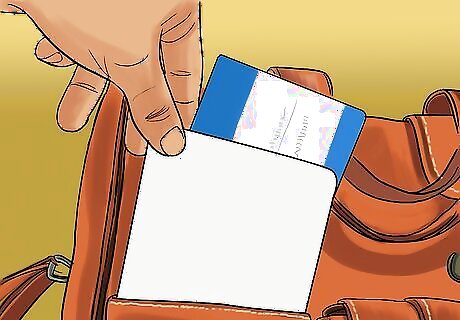
Keep valuables in your carry-on bags. This includes items you will want or need on the plane like your wallet, boarding pass, passport, driver’s license, or medicine. You want to keep valuable items near you as much as possible, which limits the chance of their being lost or stolen.
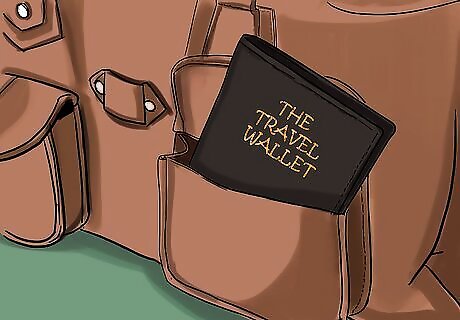
Put these valuables in one place. Keeping these things in one place will help you if you need to look for them, as they will all be together and easily accessible. Alternatively, if you can’t find them quickly, you’ll notice right away that things are missing, and can alert the proper authorities.
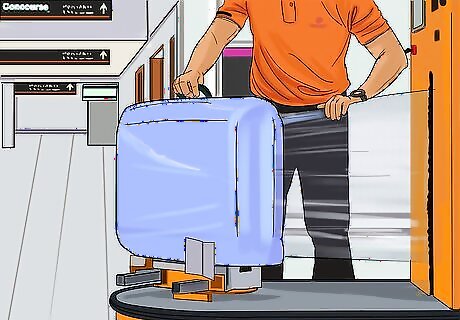
Wrap your luggage in plastic. One way to discourage potential thieves is to wrap your suitcases in saran wrap or other plastic coverings. This won’t necessarily prevent someone from getting into your suitcase, as it is very easy to cut. However, it will let you know almost immediately if someone has tampered with your luggage when you retrieve it. This may cause potential thieves who are looking for stealth may skip your bag. Some major airports have wrapping service stations. You can pay for a machine to give you the plastic to wrap the bag after arriving at the airport.
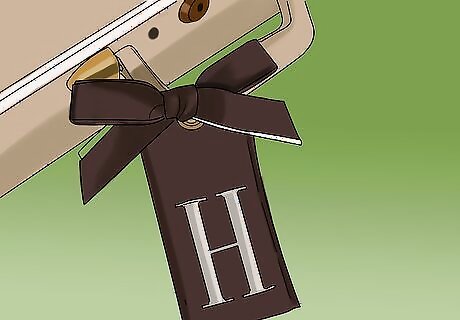
Decorate your bag. While you don’t want to bring expensive, fancy suitcases on your flight, you should be willing to add some kind of customization to your luggage. A fun sticker, colorful ribbons, or even just a different color luggage strap should be enough to let you know which bag is yours at a glance. This will make it easier to find when you arrive, and let you know very quickly if your bag is missing. It will also make it less likely that someone will take your bag by mistake.
Securing Your Items During the Flight

Board the plane early. This will guarantee you can get space in the overhead bins and won’t need to check any luggage at the gate. You will also get your pick of the bins, so you can make sure your bag is close to you during the flight. Consider purchasing priority boarding privileges with your ticket, or signing up for a frequent flyer program that may give you that access in order to get on your plane quickly.
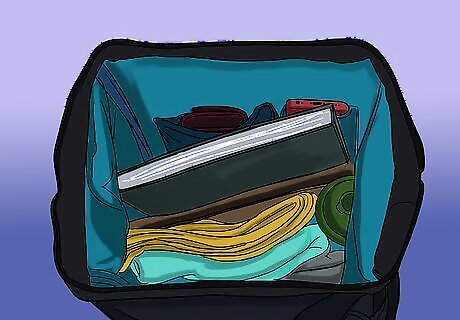
Bury your wallet on board. Once you get on the plane, your need for items in your wallet like cash is minimal. Take the chance to bury it in your luggage, deep in the bag, which will make it harder for someone to slip it out during the flight. If it’s deep enough, someone who wanted to take it would need to take your entire bag and empty it out.
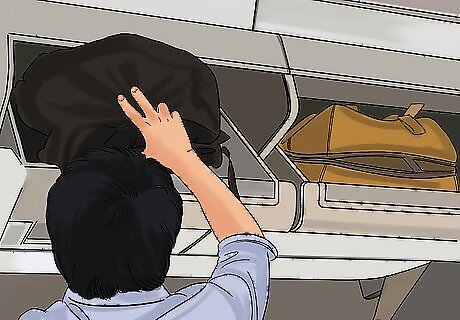
Store your bag near you. Some people, when travelling at the back of the plane, like to store their bags up near the front, thinking it will make it easier to get off the plane. This will separate you from your bag, and make it much harder to keep track of who may be looking into your stuff. The closer your bag is to you, the easier it will be to watch. One good place for storing your bag is the overhead compartment across from your seat, rather than the one directly above you. This will allow you to see the compartment if someone should open it.
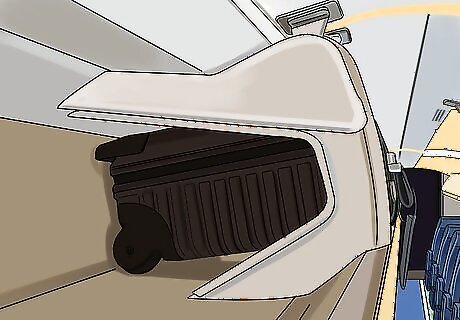
Put your bag upside down. When you load your luggage into the overhead compartment, make sure it goes in with the zippers and pockets facing inward. This will make it harder to open your bag, at least without you or someone else noticing. Alternatively, make sure the pockets are toward you when you put the bag under the seat. You don’t want the person in front of you to be able to reach down and pull something out that you can’t see. If you can see the pockets, you can see who is accessing them.
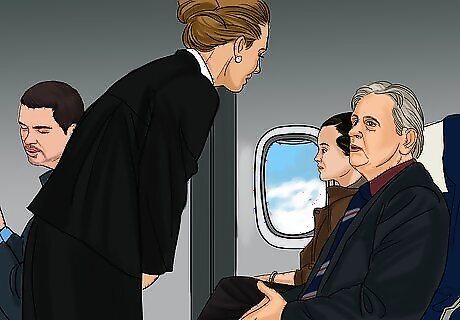
Speak up if you see something. If you notice someone handling your luggage who shouldn’t be, say something. Firmly acknowledging the potential theft should be enough to stop what is going on. If you do notice theft, stealing from luggage or stealing the luggage itself, let the flight attendant or security guard know immediately.




















Comments
0 comment